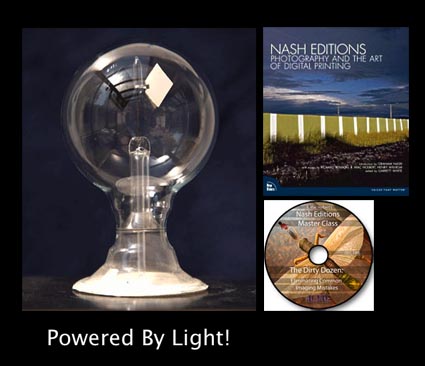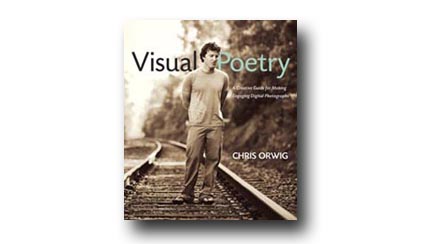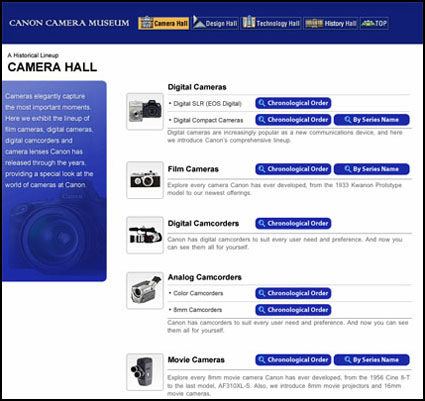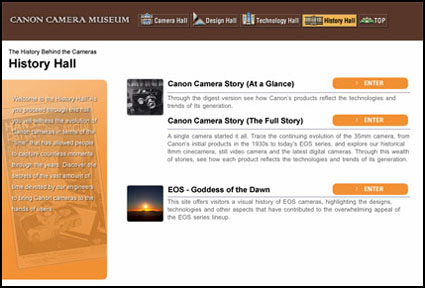
Fresh with the release of his new book Visual Poetry, Chris Orwig provides this insightful guest blog post.
Get a sense of who Chris is before reading this, view/listen to his short video introduction to his new book.
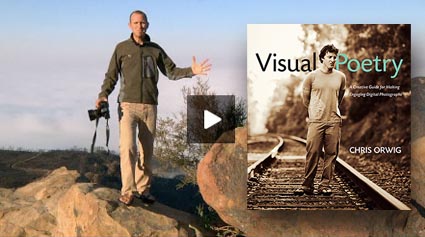
Hello
It is a privilege to have the honor to provide a guest post for this blog! John Paul is someone I admire deeply not only for his artistry but for the way he thinks, listens, challenges and empowers. Who he is, what he does and how he lives – inspires.
So who am I? My name is Chris and I am an artist, photographer and teacher. As an artist I strive to live life fully and with passion, creativity, ingenuity and authenticity. As a photographer I subscribe to Marc Riboud’s perspective that, “Photography is savoring life at 1/100th of a second.” Somehow, with camera in hand I get more out of life and I enjoy sharing that with others. That’s where the teaching comes in. I think William Yeats said it best: “Education is not about filing a pail, it is about lighting a fire.” And that’s what this post is all about – Ignition.
Over the years, I’ve watched hundreds and hundreds of students pass through the courses, conferences, workshops or photography school where I teach. Almost all of the students start off with more than enough passion that acts as kindling to get the fire going. Many of those students go on to achieve unbelievable success. Yet, sadly many of the students don’t make it, they whither and fade.
As a teacher, it’s part of my innate drive to counter this as much as I can. I want the people I know and interact with to succeed. There is nothing more thrilling than seeing others soar to new heights. With this in mind, I’ve completed one of my most recent projects which is a book titled, Visual Poetry – A Creative Guide for Making Engaging Photographs. The aim of this book is to awaken, enliven, ignite and further one’s passion for life and for making compelling, engaging and enlivening photographs. The book is a mixture of photography and creativity. If that sounds interesting – read on.
Read More
